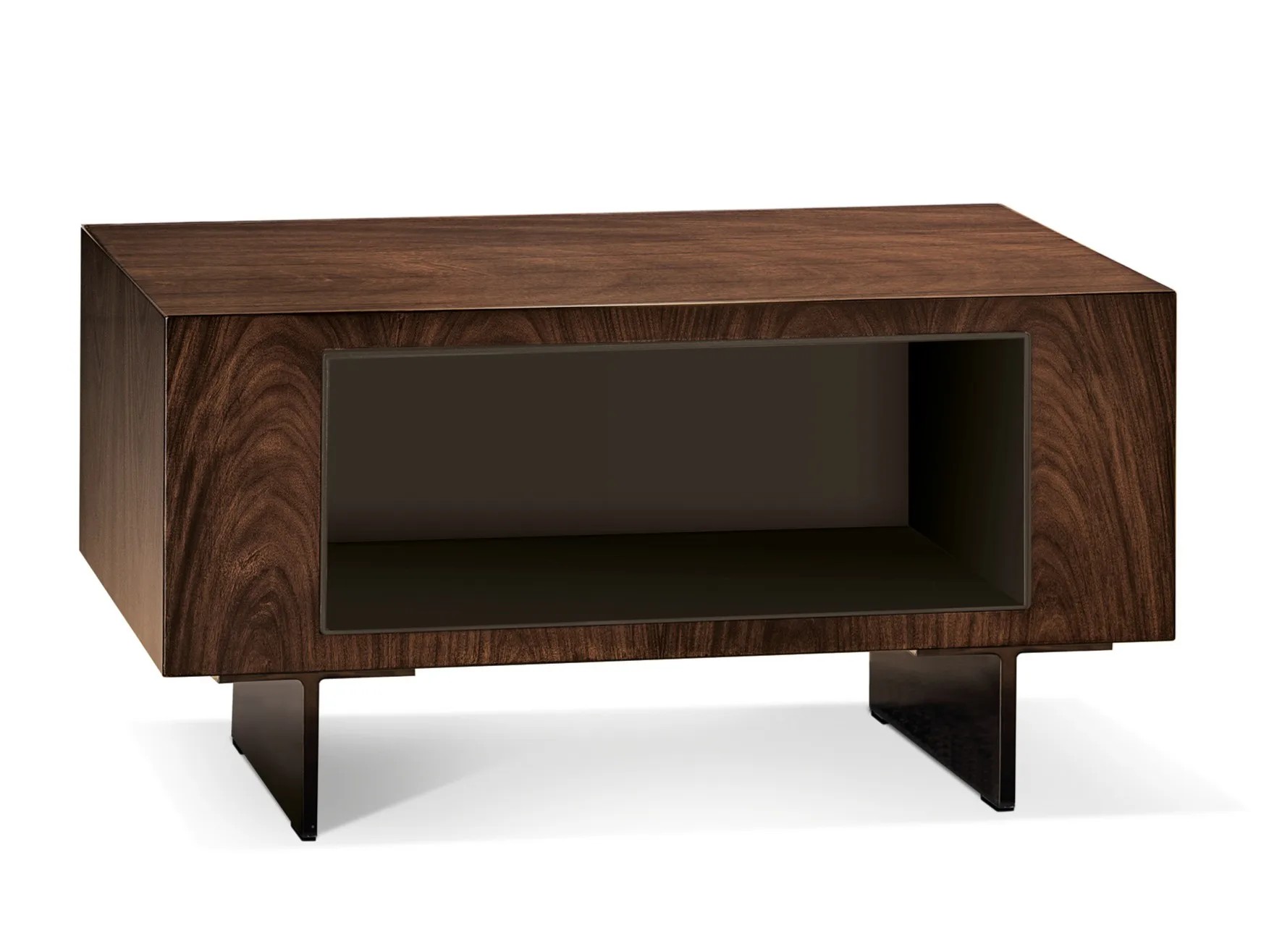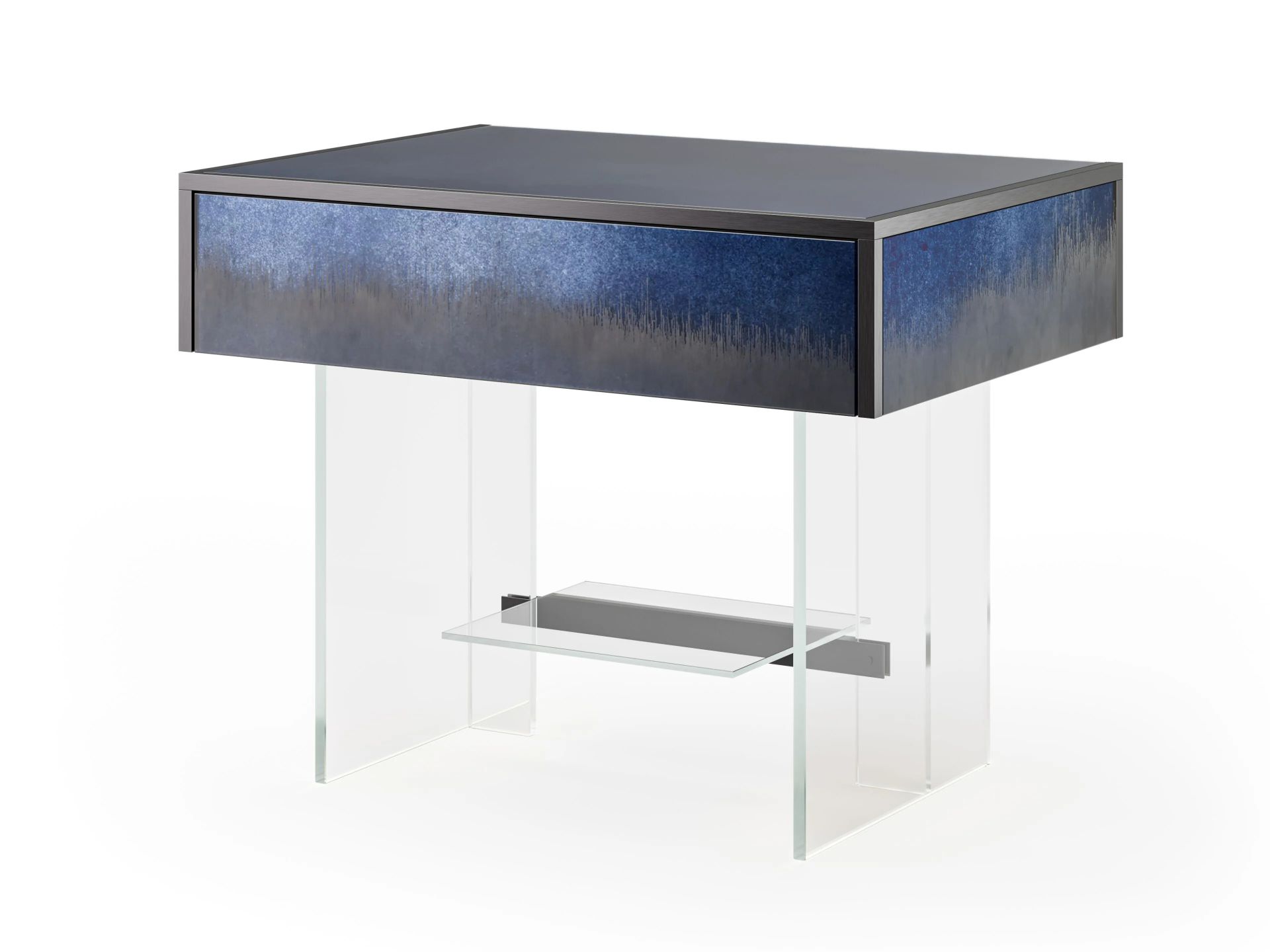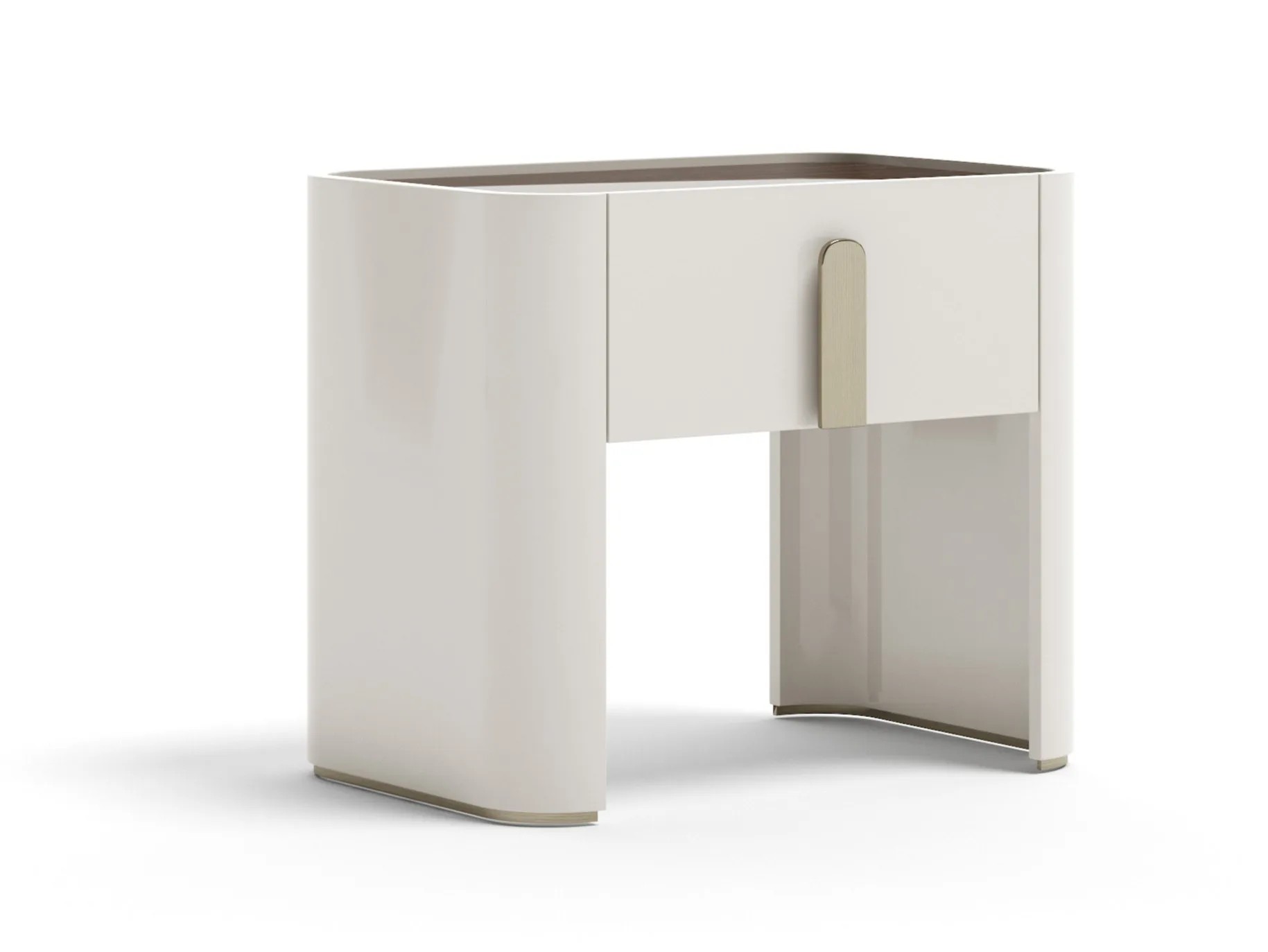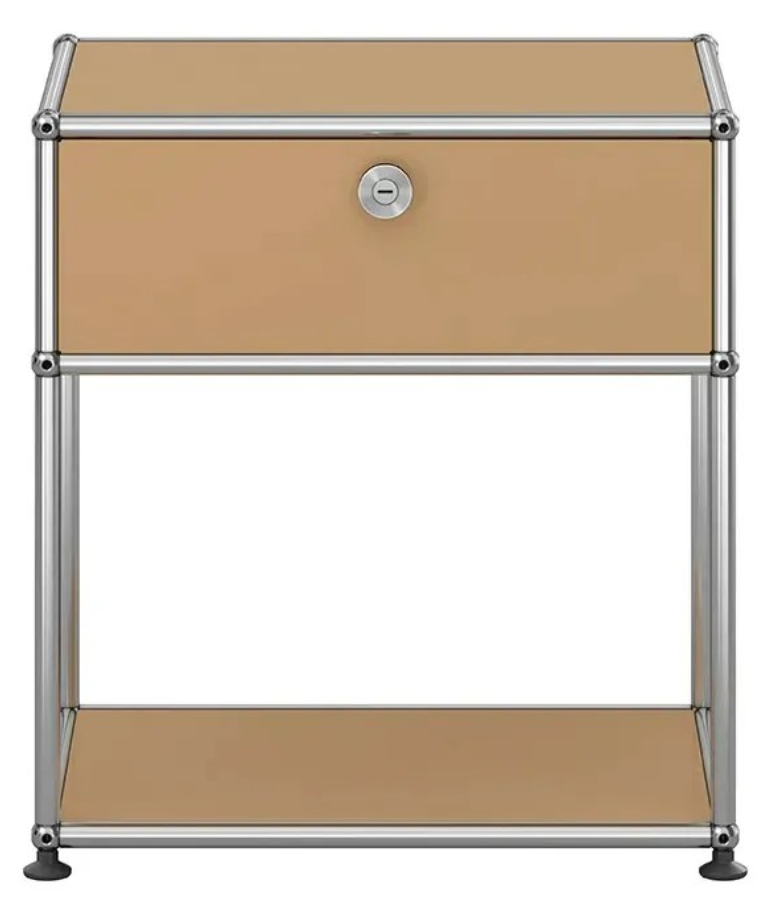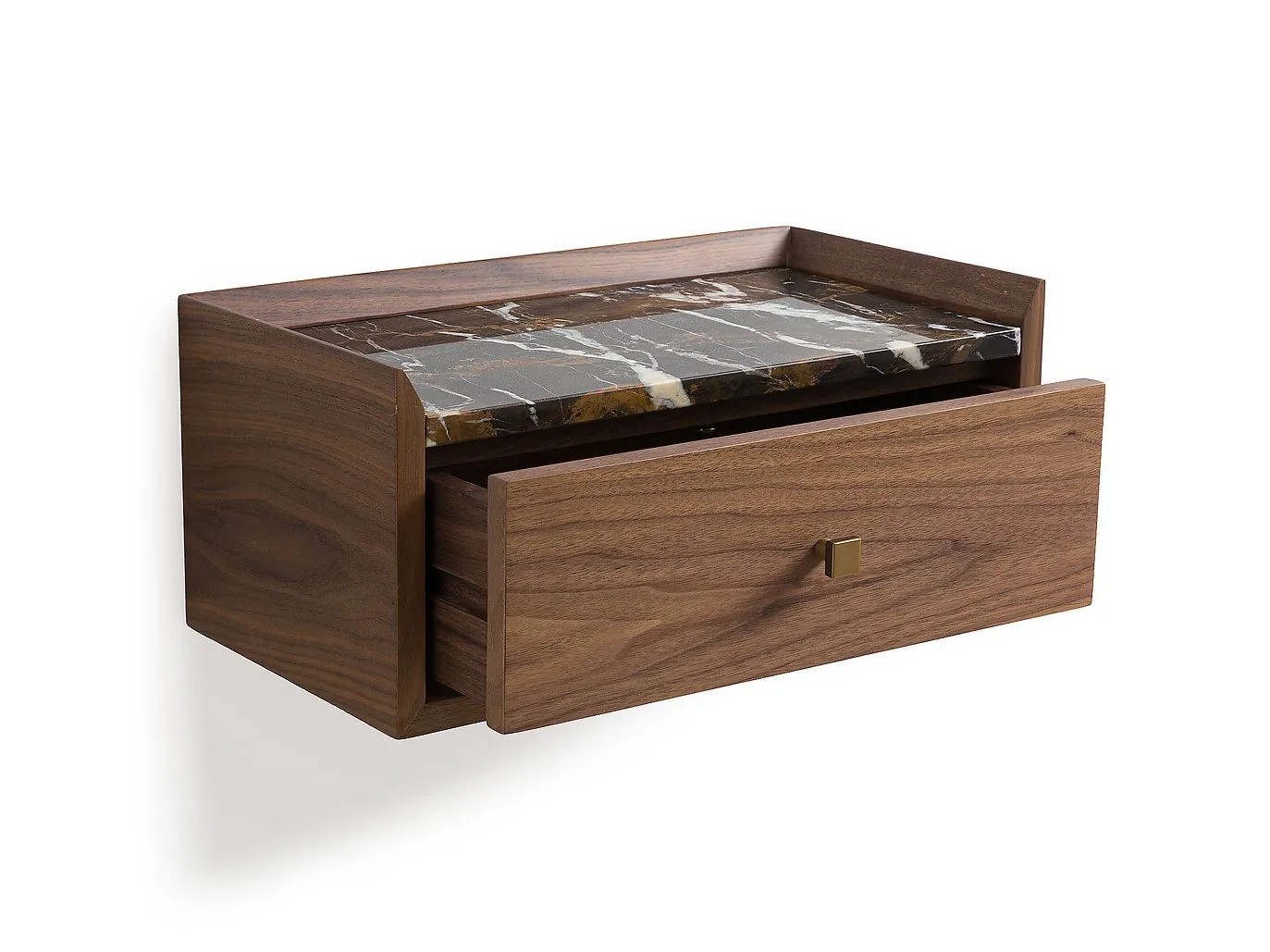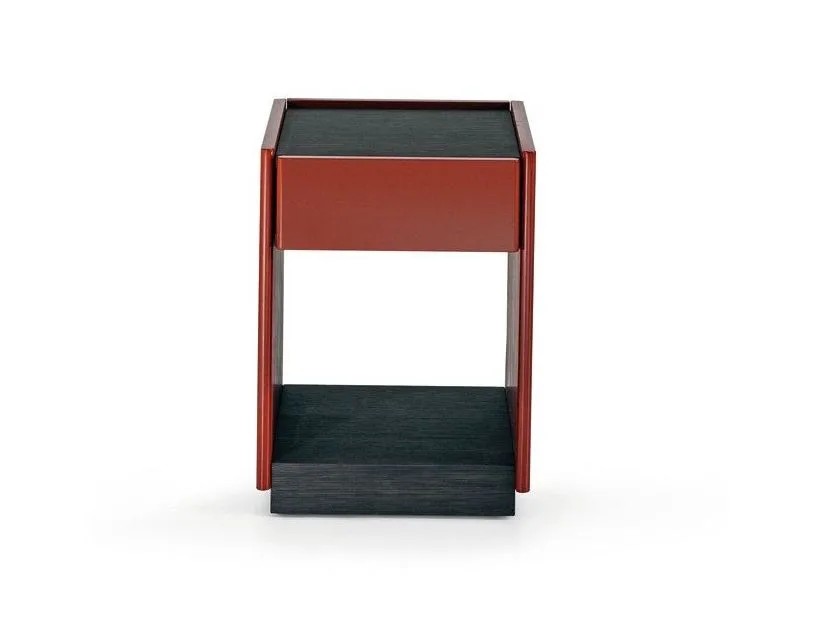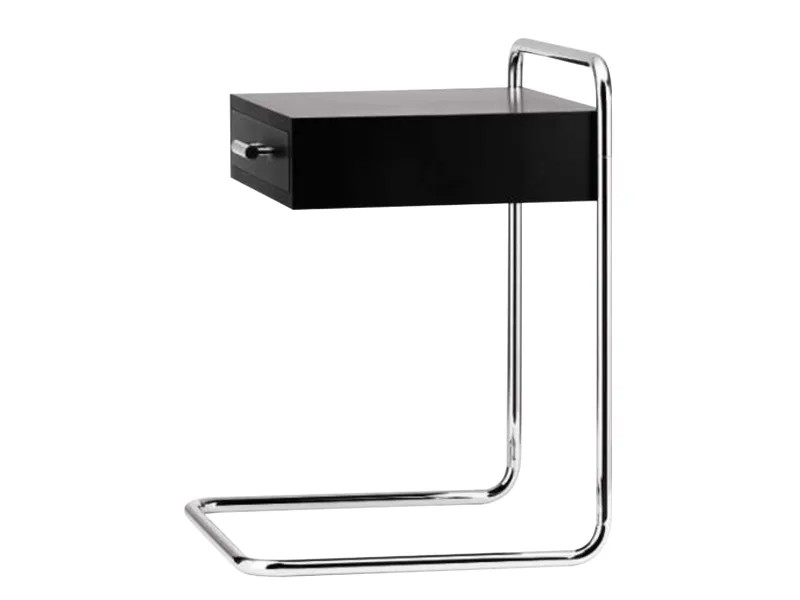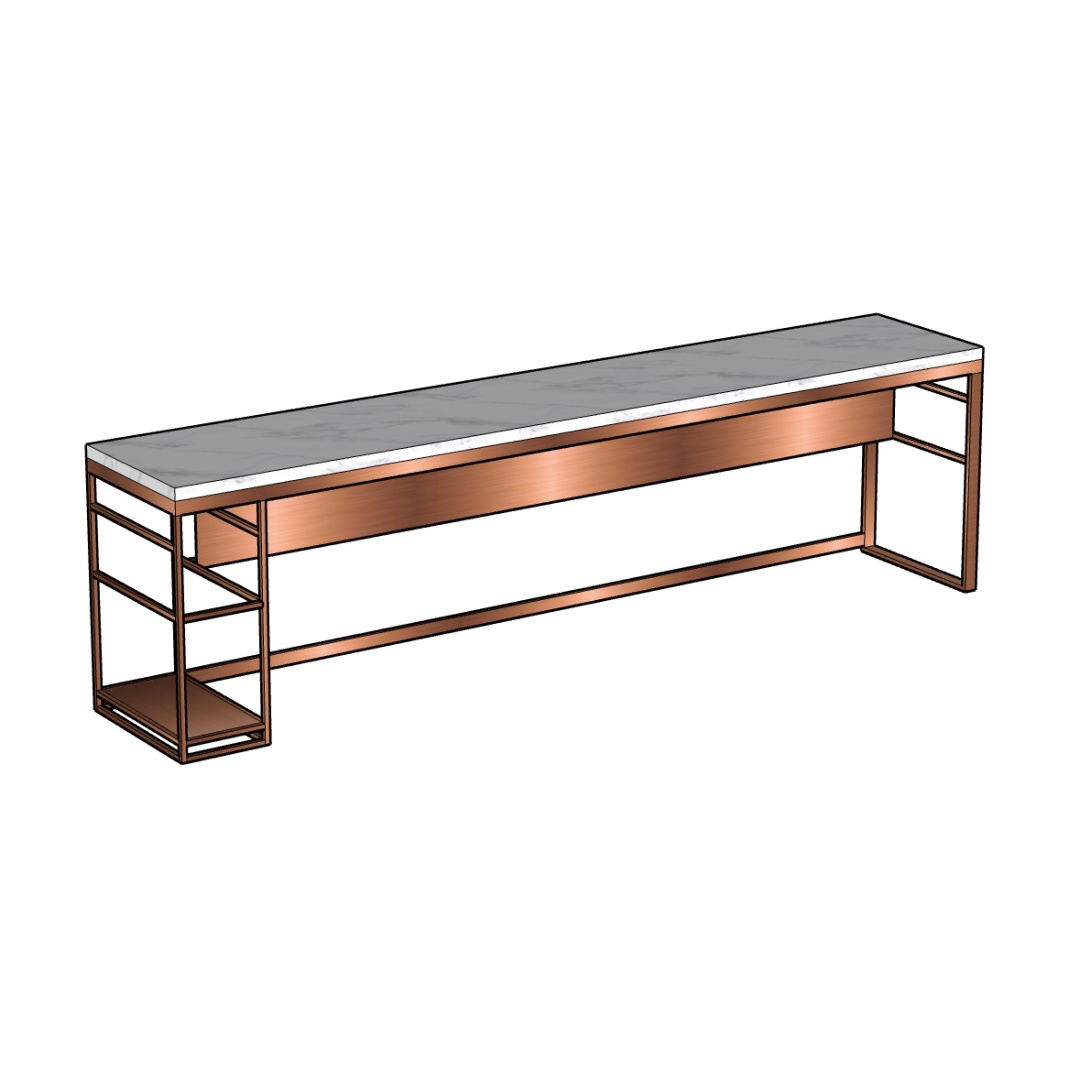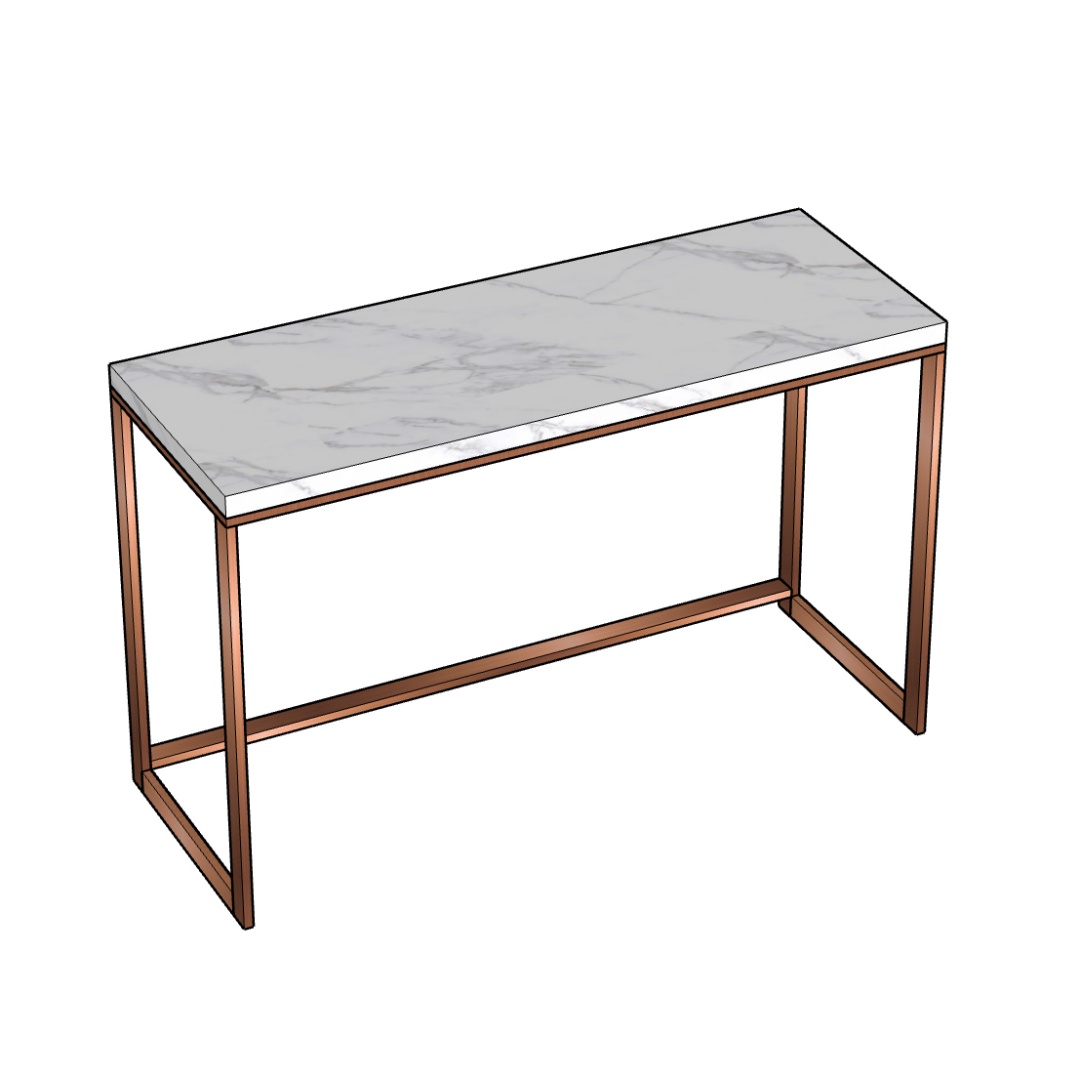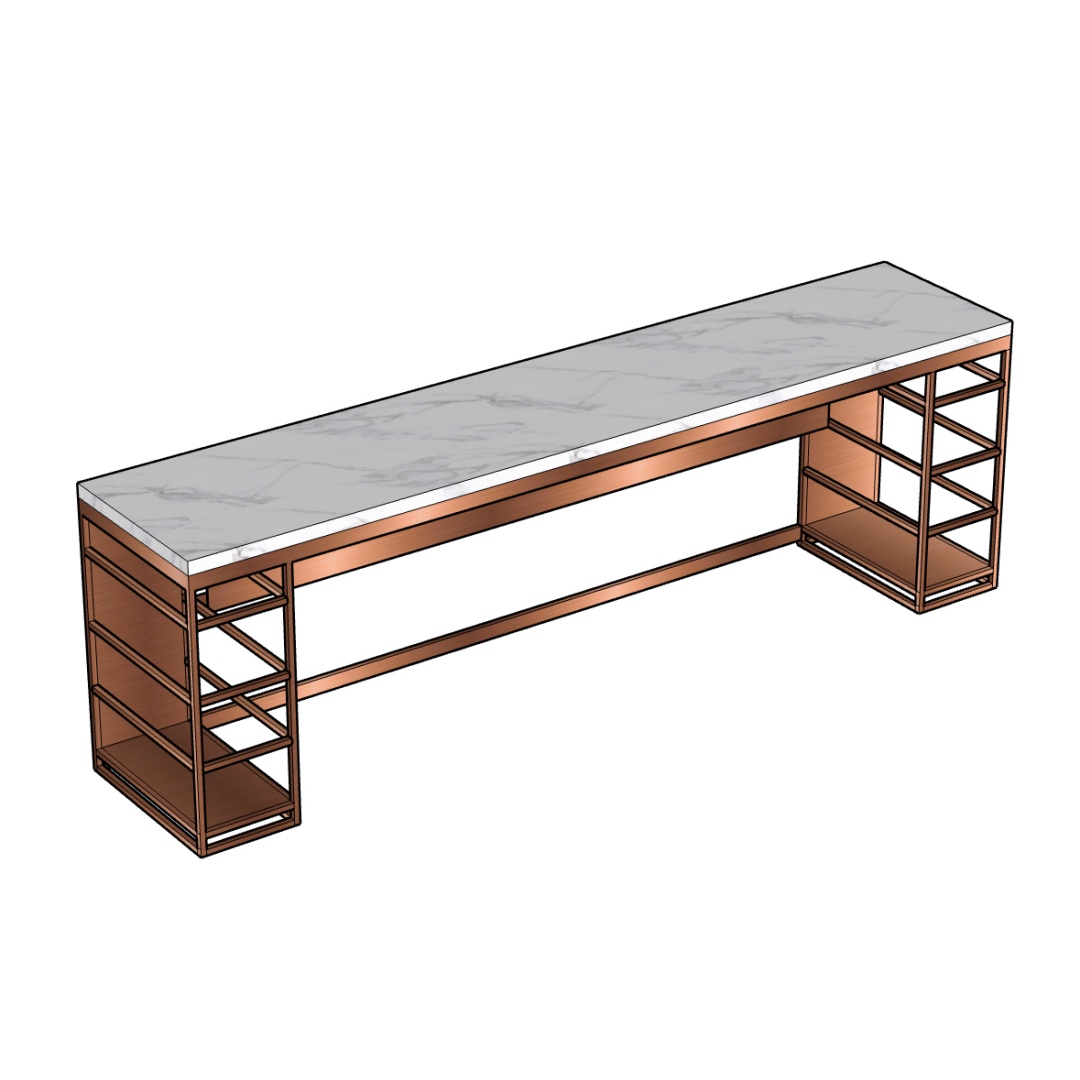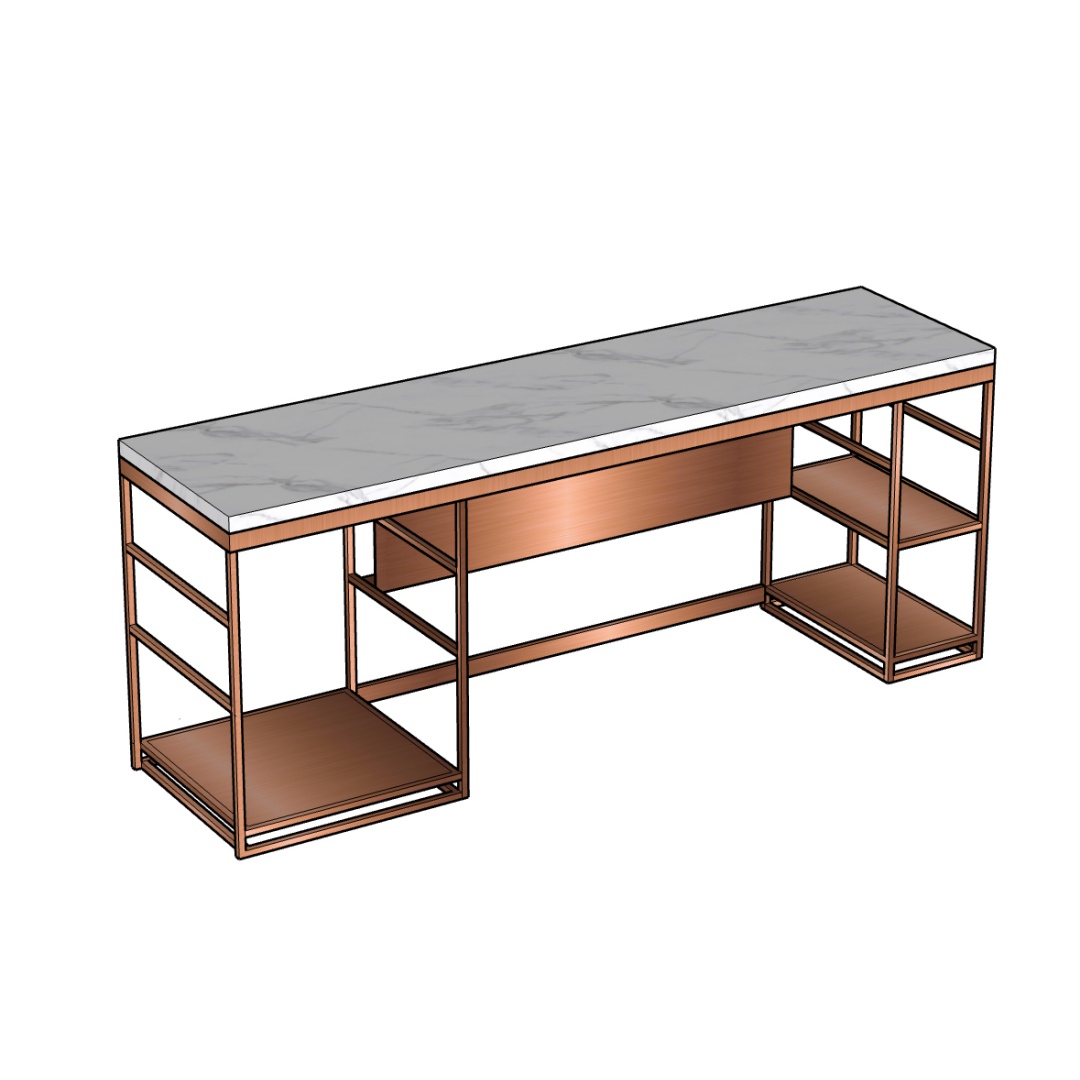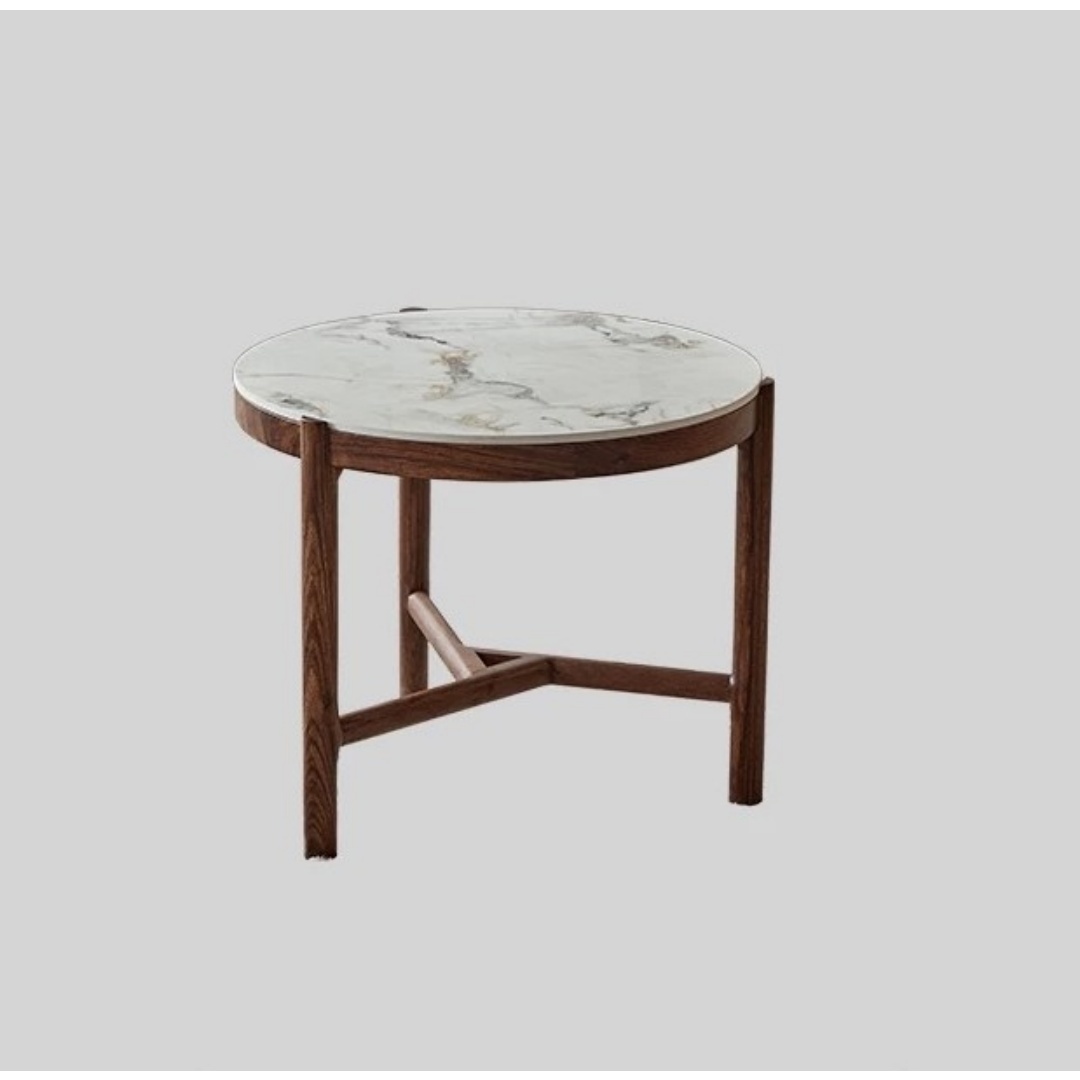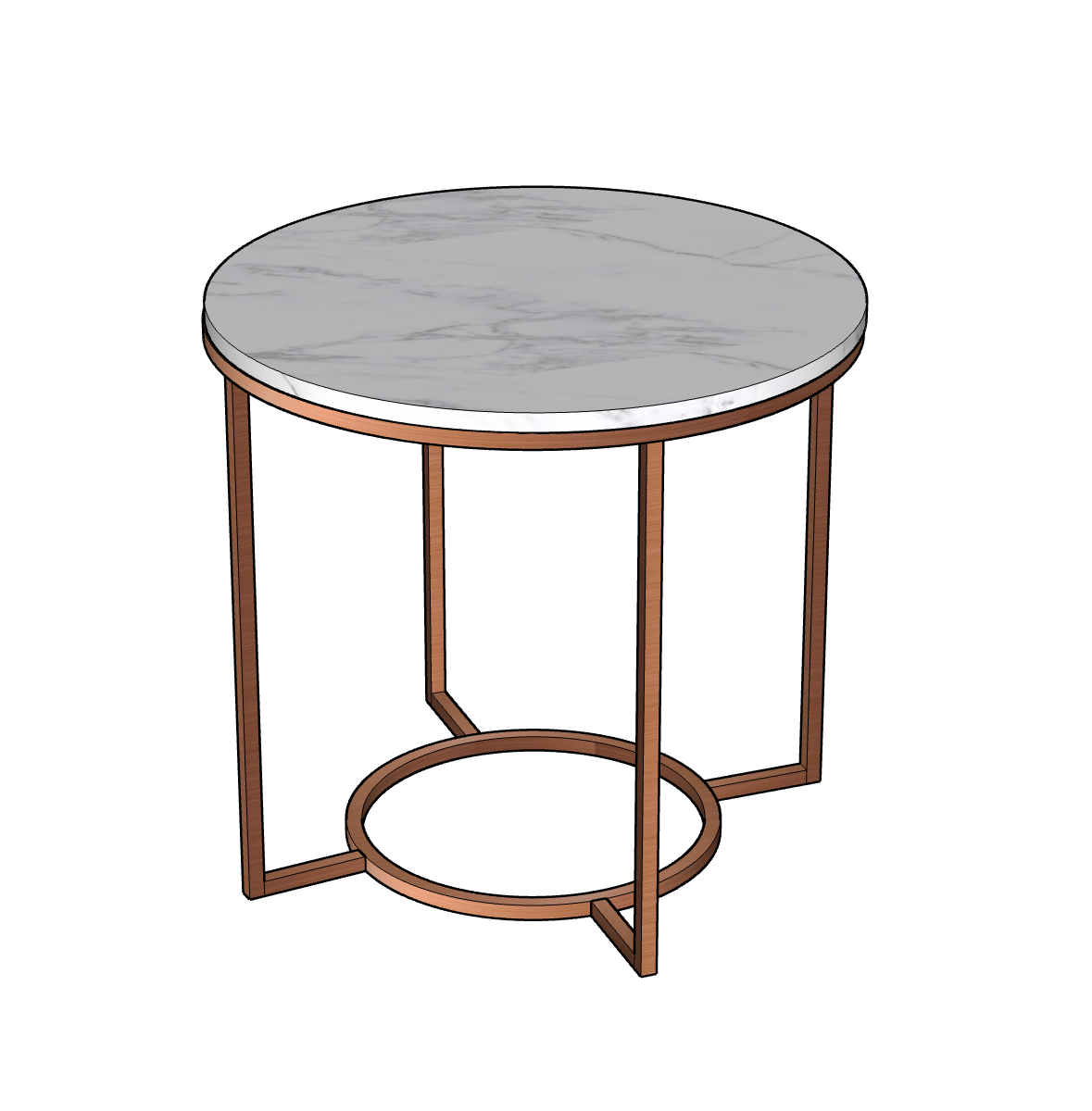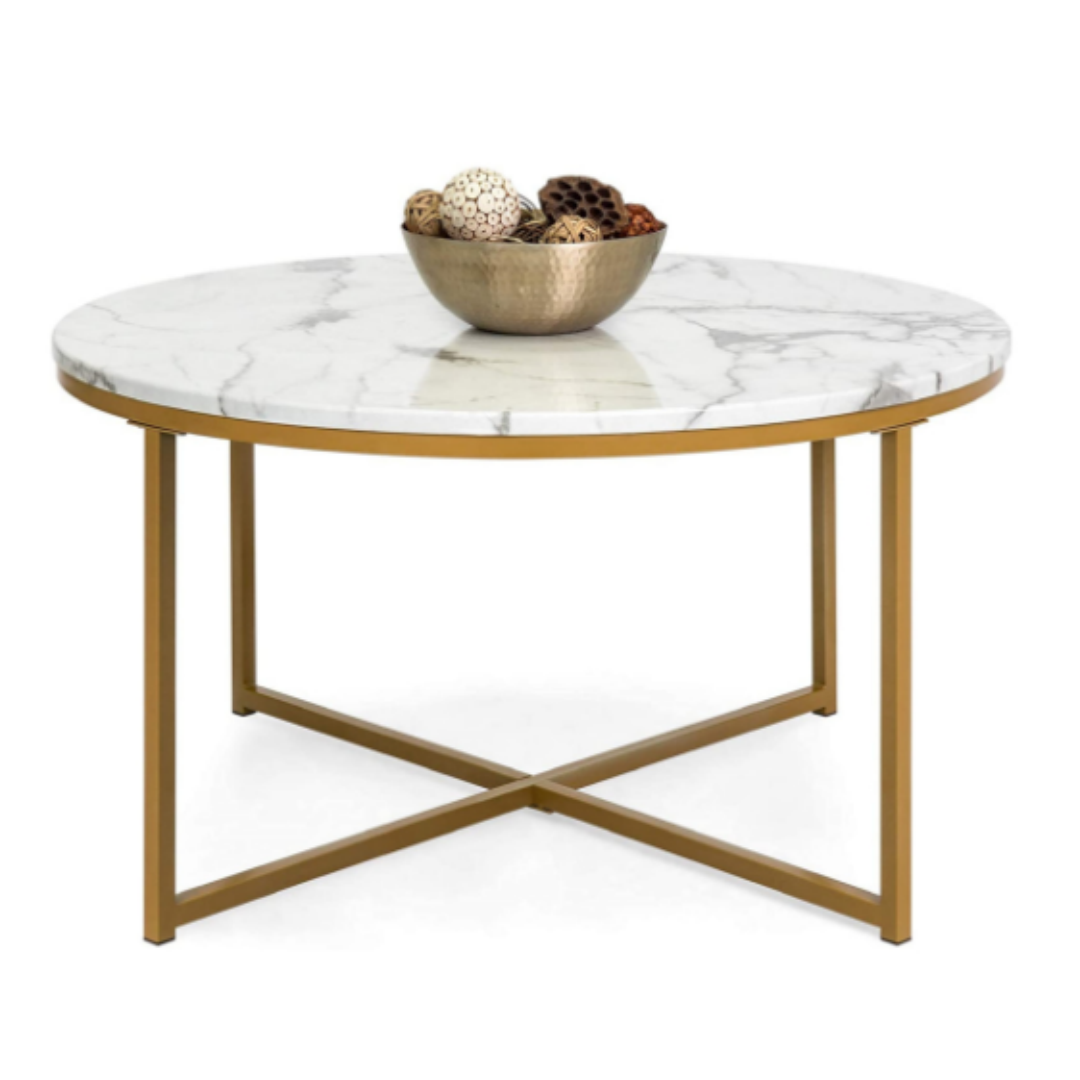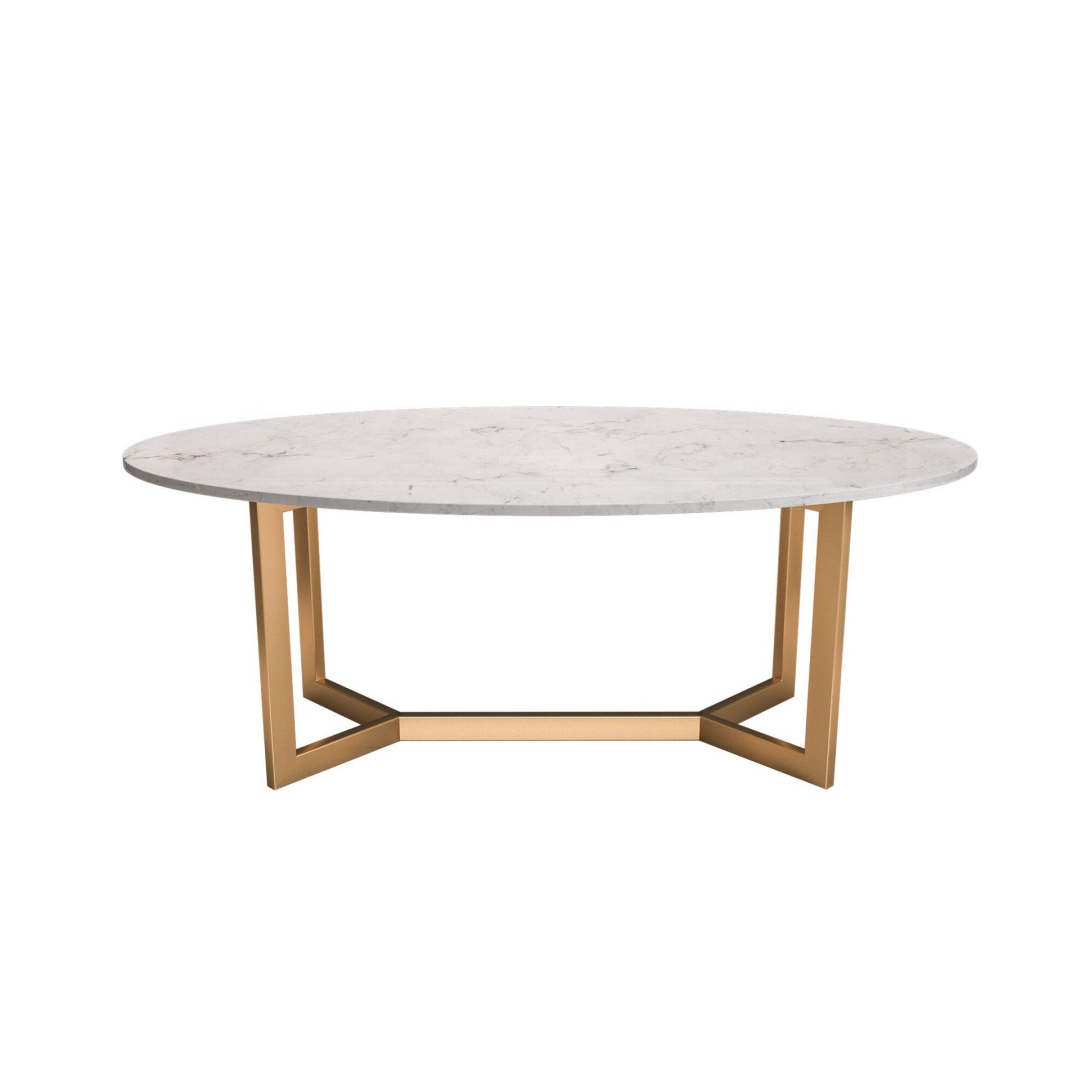Choosing the Right Side Table for Hotel Rooms
Publish Time: 2025-08-23
Side tables—bedside nightstands, lounge end tables, and writing-room companions—are small pieces with outsized impact on guest comfort. The ideal side table provides surface area for personal items, integrates power access, and complements the room’s design language.
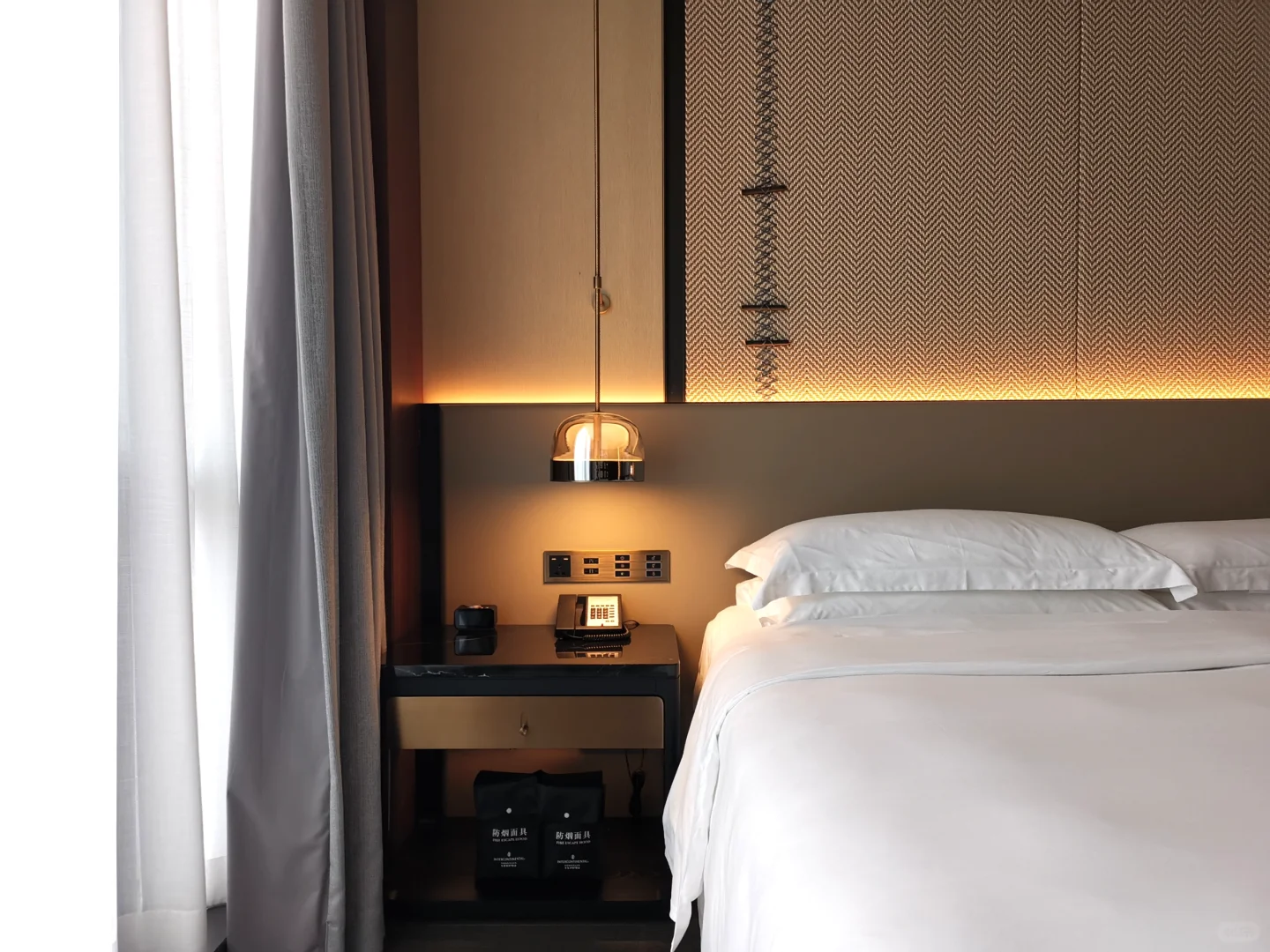
For bedside tables, dimension planning is key. A height within 50–60 mm of the mattress top enables easy reach. Tables should feature at least one drawer or open shelf for storage of electronics or reading materials. Built-in USB and power outlets in the tabletop or integrated pop-up modules amplify functionality for charging devices overnight.
End tables in seating areas require stability and a durable surface. Round or oval tabletops eliminate sharp corners in high-traffic spaces. Tabletops of solid-surface materials, like HPL or quartz, resist stains. A slender base—metal rod or wood spindle—maintains visual lightness while supporting the top securely.
Writing-side tables positioned near desks should include cable-management channels and link seamlessly with desk heights (typically 730–760 mm). Pull-out trays or drop-leaf surfaces expand when needed, catering to business travelers who require additional workspace.
Aesthetic cohesion ties side tables back to primary furniture. Matching wood tones, metal finishes, and edge profiles ensure a unified suite presentation. Custom inlays or veneer banding can echo headboard patterns or lobby décor, reinforcing brand identity subtly.
By considering ergonomics, integrated power, material resilience, and design alignment, hotel operators can select side tables that enhance functionality, elevate guest perception, and contribute to an overall cohesive experience.



